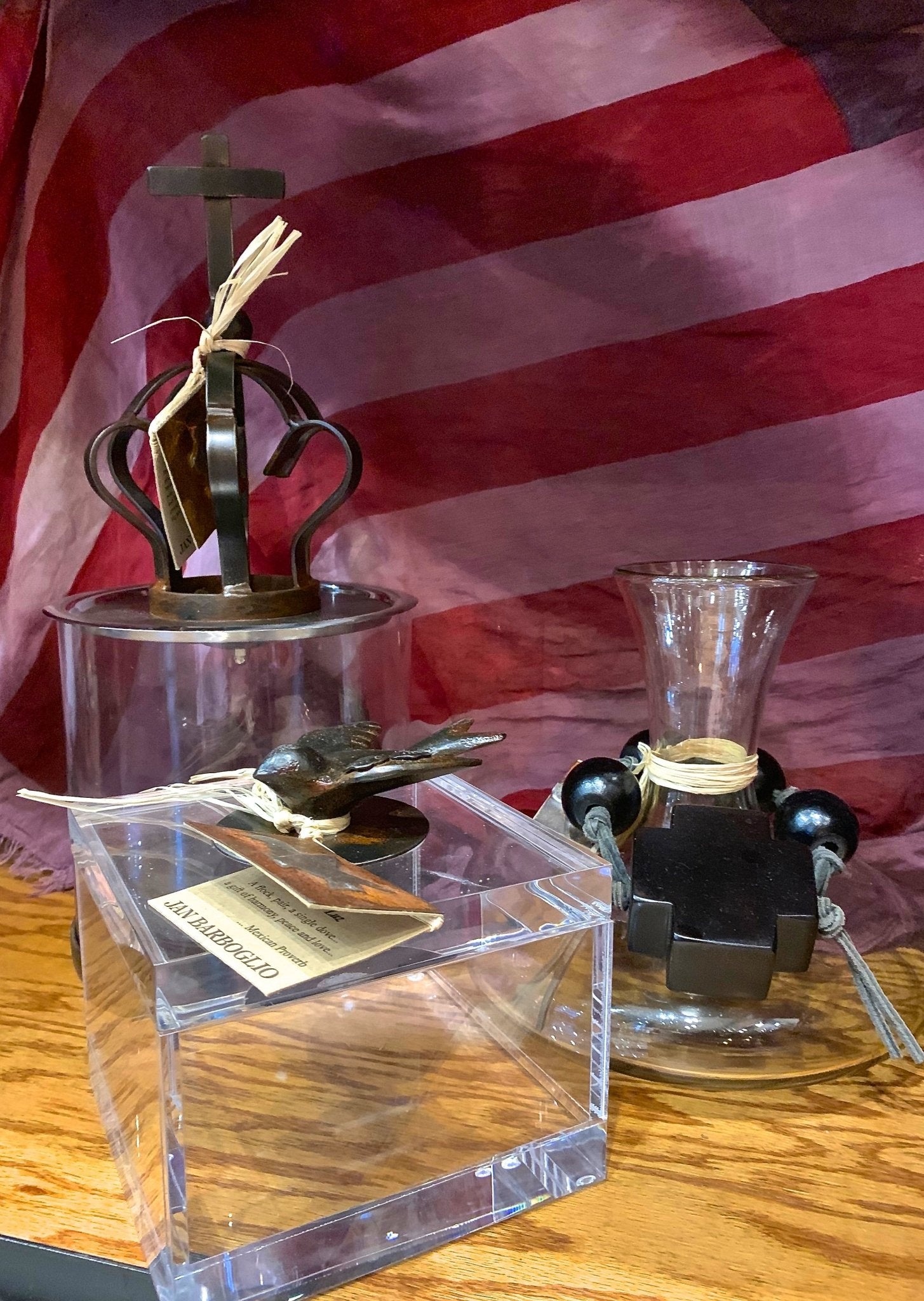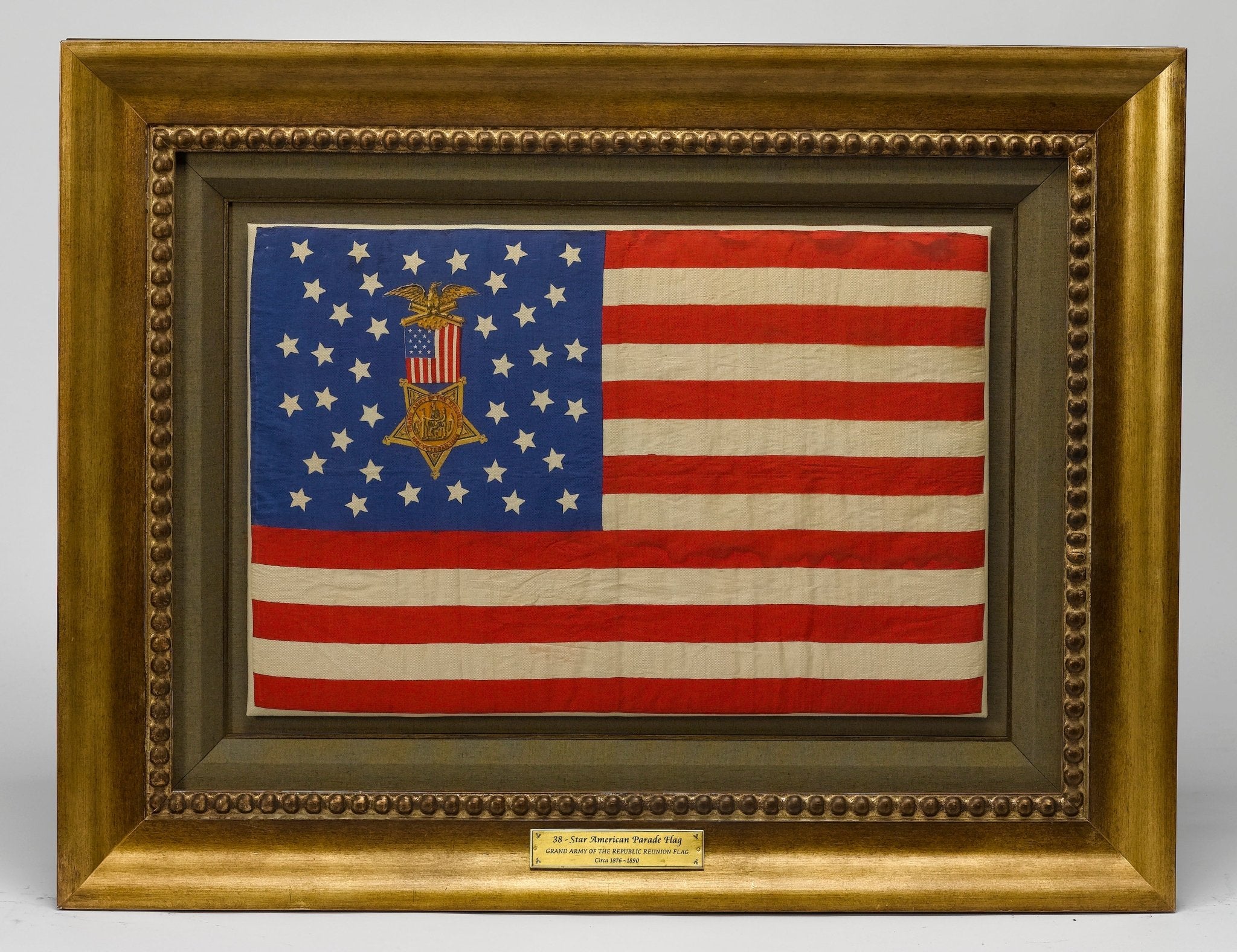Rare Art Conservation
Ever wonder what exactly goes into conservation of rare and old items? Oil paintings, frescoes, statues, and alike are all subjected to wear and tear over time. Some of the most precious works of art were painted directly on walls or were hung outdoors in their time, which could ultimately destroy the works of art over time. Thus, conservators are employed to preserve the world’s precious artifacts for years to come. On this week’s blog, we take a look at what it takes to do conservation on an antique work of art, and how it can enhance the overall value of the piece.
Conservation can be a very useful tool in preserving history. However, there is also a fine line between preservation and destruction. For instance, the walls of the Salone dei Cinquecento, the Hall of the 500, in the Florentine Palazzo Vecchio hold a unique history. It is recorded that Leonardo da Vinci himself began work on one of the walls in the palace before ultimately abandoning his work. When Giorgio Vasari entered into the palace to decorate the walls with frescoes, it is supposed that he preserved da Vinci’s work behind his own. Now, conservators are stuck with the reality that a lost da Vinci most likely sits behind a wall at the Salone dei Cinquecento. Yet, who is to say that da Vinci’s work is far more valuable than that of Vasari’s that one can justify destroying the wall to uncover the lost art? Conservators face issues such as these all the time, where the lines are blurred between preservation of the ideas behind art and the preservation of the art itself.
While many questions arise behind the value of art and preservation in a conservator’s world, many agree that conservation is a valuable technique for preserving art that would be otherwise lost without conservation. Sometimes, however, the work of art does not need to be close to unrecognizable for conservators to get to work. In the instance of this piece, below, slight tweaks enhanced the value of the painting without destroying the painting that was previously done by the artist.
The oil painting “George Washington at Dorchester Heights” after Gilbert Stuart was purchased in its original oil-on-canvas state. The work experienced the normal wear and tear that comes along with age, and overall the dirt and grime that had adhered to the surface of the work hindered the lasting impression that the artist intended for the work. So, the expertise of the Loudermilk Conservation team was employed to fix the issues.
Shown here is an image of the painting before any treatments were done. The conservation team examined the piece carefully, under normal light, raking light, reflected light, ultraviolet-excited visible light, and under the microscope. The painting was carefully removed from the frame prior to treatment. Upon removal of the frame, significant damage to the left tacking edge was noted including areas of severe detachment, likely contributing to the general surface deformations visible on the work.
Once all damages and wear were reported, the team then took to conservation. This included the following methods:
- Solubility testing, to determine the safest and most appropriate materials and methods to use in treatment.
- Localized areas of lifting were set down and consolidated using a small Willard tacking iron.
- Removal of superficial dust from the painting verso, using a soft brush to lift loose particulates into the nozzle of a HEPA vacuum. Additional grime removal from the verso was done using removal sponges. A small spatula was used to remove debris caught between the lower strainer member and the canvas and included significant dust and pine needles.
- Surface cleaning was accomplished using triammonium citrate in distilled water, applied with cotton swabs.
- Overall deformation reduction was attempted through controlled applications of heat and weighting the painting. While the overall cupped appearance of the paint remains, this appearance is slightly lessened and the paint is secure.
- Removal of the tacks along the left edge of the painting to repair the tacking edge and stabilize the painting.
- Edge lining, using a tacking iron to affix.
- Re-stretching of the left edge
- Varnishing using a thin coating on a brush. Varnish remains clear as it ages and is a good consolidate for the painting, helping to ensure that the integrity of the paint film.
- Infilling of notable losses was done
- Inpainting of filled losses and some minor abrasions was done using Gamblin Conservation Colors. Old retouches were left in place.
Overall, the integrity of the painting and its artist intentions were preserved. The conservators used approved practices to preserve the work and restore it to its former glory. The painting’s colors appear brighter, the surface appears clean, and the work itself if preserved for years to come. The Loudermilk Conservation team gave recommendations for future storage of the piece, as well. In general, the painting should be displayed or stored in as stable an environment as possible in terms of moderate relative humidity and temperature. Extremes and fluctuations in these conditions, direct sunlight, sources of heat and cool drafts should be avoided in order to better preserve the painting. Any significant changes in condition, or questions regarding future care or treatment, should be brought to the attention of a qualified conservator of paintings.








